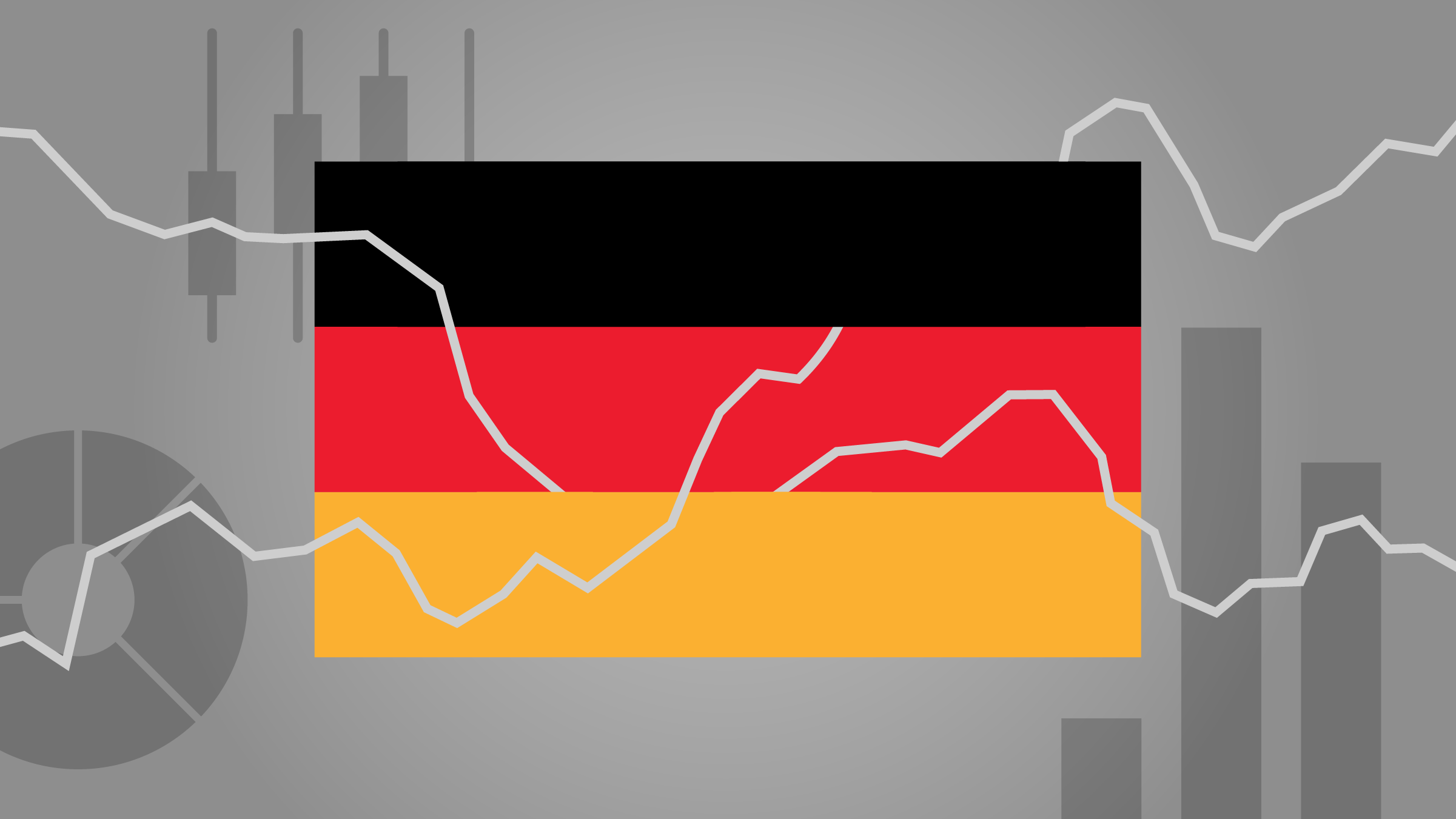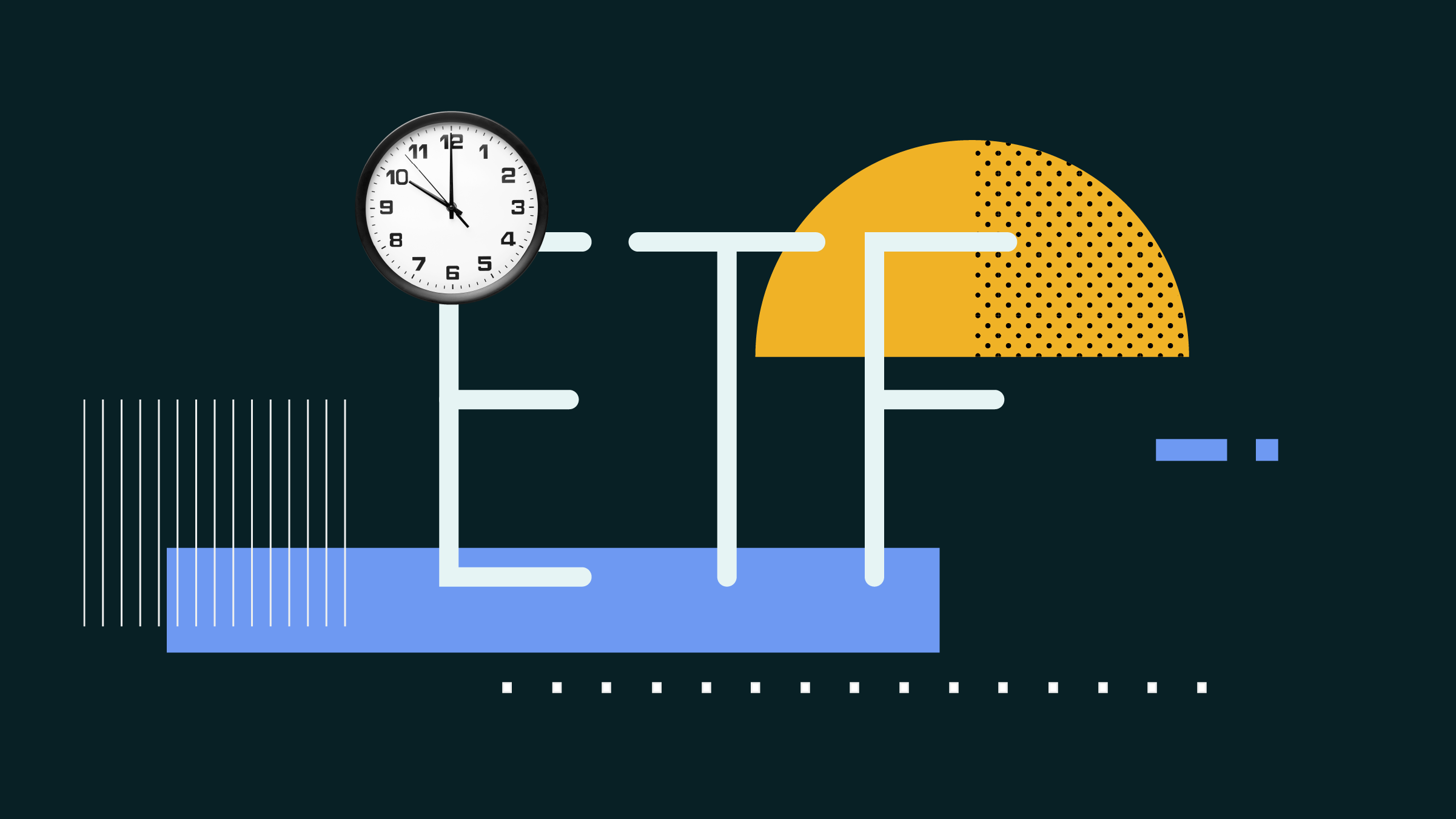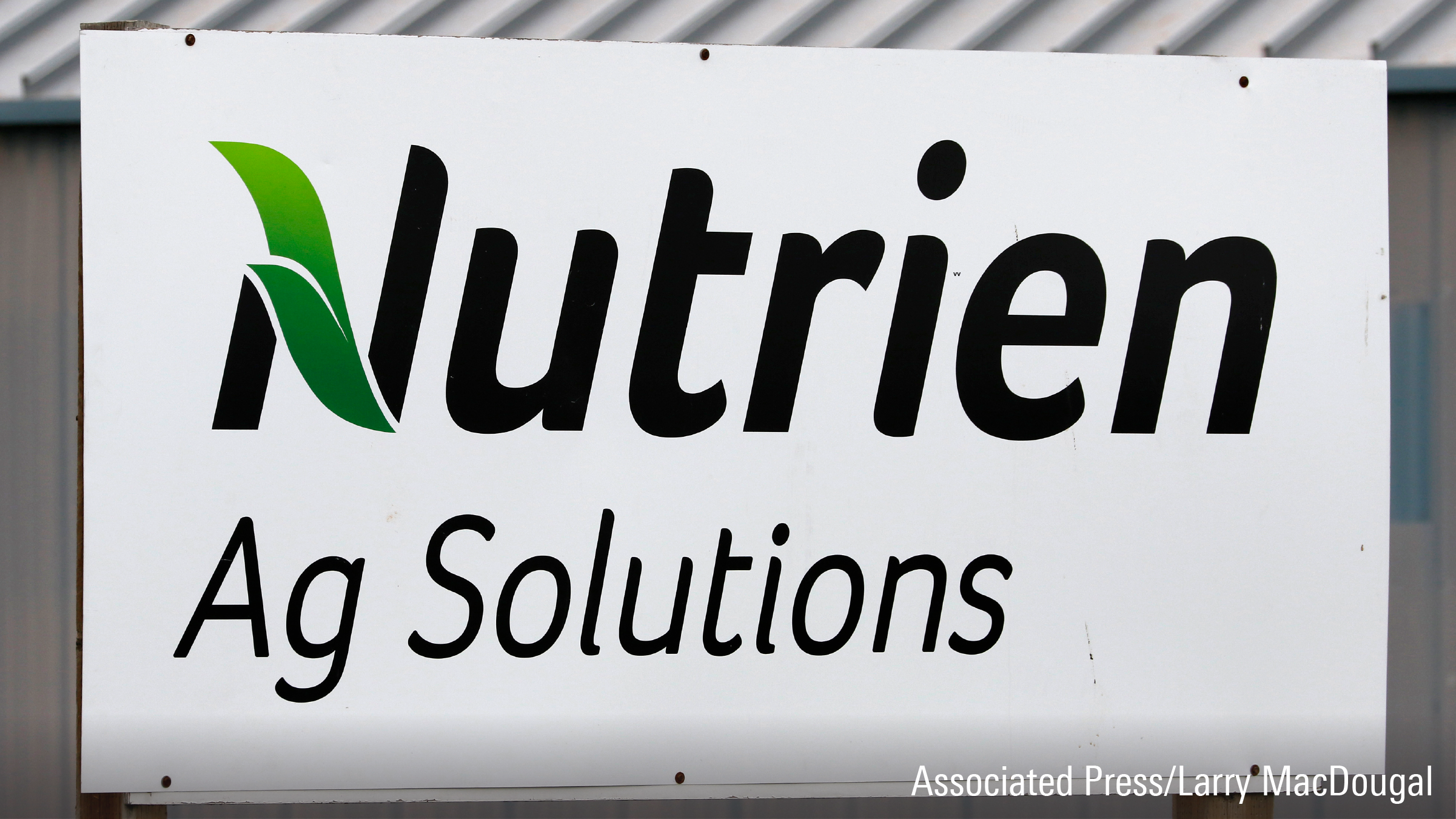Jeremy Glaser: For Morningstar, I'm Jeremy Glaser. What impacts could higher rates have on dividend payers? I'm here with Josh Peters, our Director of Equity Income Strategy and also the editor of DividendInvestor Newsletter for his take.
Josh, thanks for joining me.
Josh Peters: Good to be here, Jeremy.
Glaser: So let's start with the basics of how dividend investor should think about rates generally. Should they care about what happens with short-term rates or is it really only the long-term that matters?
Peters: I think it's almost totally the long-term that matters. I mean, Wall Street's obsession with Fed policy, especially over this first interest rate increase that we're going to get whenever we get it, I think is frankly unhealthy. I think it's a lot of people with very short-term time horizons to begin with obsessing about something that really is not going to have a significant effect, I think, on the economy or the financial markets.
Instead, you do want to have a much-longer-term horizon. You want to be thinking in terms of five years, 10 years, 20 years and beyond, because that's where the bulk of the value of future dividend payments to shareholders is. That's where it matters what those long-term interest rates are going to be.
Glaser: But those long-term rates likely are going to go up and you may be starting with the short-term rates rising. So what impact is that going to have on dividend stocks?
Peters: Well, I mean you've seen a pretty stable rate environment this year, even though there has been this underlying assumption that the Fed is going to start raising interest rates, that long-term interest rates have to go up. I don't think you want to dismiss the possibility that interest rates could stay relatively low for a long time, and this isn't even so much a matter of Fed policy as it is an environment of low inflation, where there is a large pool of savings globally still chasing relatively few investment opportunities. So if you think about the supply and the demand for investable funds, there is still a mismatch that pushes the price -- in this case, interest rates -- down.
That said, even if you can make a case for lower for longer, you have to look at stocks, especially the ones with higher yields that are going to have more bond-like characteristics, which in general I think is a good thing. You have to base your decisions on the idea that interest rates are going to be much higher in the future, and this is where our cost of equity framework comes in. And I know all of this is kind of an arcane part of valuation; you say, well, what does this have to do with dividends? But hear me out for a second.
You have to build up from the start, which is, you want to recover inflation. We figure that's 2%, 2.5% long-term. Again, we're kind of making a conservative assumption since it's been running less than that recently. Then in addition to that, we figure 2% to 2.5% is a normal real return on a long-term Treasury bond over and above inflation. So that's about 4.5% in general. Then cost of equity we assign to the average stock is 9%. So we're adding then doubling again, basically, from that 4.5% long-term Treasury assumption to what we would expect for a return -- what we will require for a long-term return from the stock.
So in this process, we get up to this 9% figure. Now, it might be 7.5% for less cyclical companies, 10.5% or more for very cyclical, very volatile companies. But you've still got a significant amount of distance in that bottom part of the stack, the distance between around 2.2% on a 10-year Treasury yield today to the 4.5% that we're using to discount all those future cash flows that accrue to the company and in turn fund dividend payments to shareholders.
So when I look at a stock that, like say, Realty Income and it's trading at or below our fair value estimate, I think, well, that was based on the idea that 10-year Treasury is going to be 2%, and I'm going to get clobbered. You know that's not a fair value. That's a contingent fair value based on very low interest rates. But instead to recognize that that fair value estimate is the product of a 4.5% long-term Treasury rate, now I've got a pretty good margin of safety, and if I'm buying a stock at a discount to our $50 fair value estimate, I'm getting even a little bit larger of a cushion there against rates being much higher in the future.
Glaser: So our fair value estimates don't assume rates will stay low for a long time. What about priced in the market right now? What do you think the market has priced in in terms of long-term rates?
Peters: Yeah, I think the market has kind of faked itself out in a lot of ways. What we saw in the downturn that we've had since mid-August is that rate-sensitive stocks, for a while anyway, like REITs and utilities, are actually kind of leading on the downside. So where people are afraid of China, they are afraid of commodities and oil and all the rest of it, but they are also afraid of the defensive, rate-sensitive stocks. Kind of makes you wonder what is left that you can actually believe in -- I suppose biotechs since they have no earnings anyway, right? You don't have to worry so much about valuations.
Jokes aside, that I think created something of an opportunity where now you're looking at REITs and utilities having yields that are consistent with a much higher interest rate, using again the 10-year Treasury as a reference point. Utilities, for example, trading kind of around our fair value estimates, maybe a little bit of a discount for the group. Kind of depends on the day; things have been kind of volatile. But, again, they are predicated on 4.5% Treasury rates.
Then I look at the yield of the S&P 500 Utility Sector Index over time and it lines up right with where you would expect it to be if the 10-year Treasury was actually at 4.5%, not at 2.2%. So, again, you've got that margin of safety that's built in. The market day-to-day, Fed meeting to Fed meeting, is going to react… the gut reaction will be to change in the trending rates and there will be times where these stocks will underperform, maybe where they even just go down in absolute terms, because rates are rising, if you assume that over a period of time rates are going to normalize.
But once you get to that normalized type of environment, you still have this tremendous demographic tailwind that is not going away, that is absolutely certain, that people are going to want and crave income even from the equity allocations in their retirement portfolios, and I think that's going to continue to support valuations for these kinds of stocks that provide steady and steadily growing income over the long run.
Glaser: So rates are important, but ignore the short-term price?
Peters: Yeah, the short-term Fed noise is a lot less important, I think, in the long-term than it is in the short-term. If you're trying to trade in and out on changes in interest rates, good luck. I'm not trying it. I'm not nearly smart enough to do that. For long-term investors, though, if you're buying quality companies like the ones that we try to own in our portfolio, you can take, I think, a breath of relief about interest rates. A lot of the threat that is likely to materialize is already discounted.
Glaser: Josh, thanks for your thoughts.
Peters: Thank you, too, Jeremy.
Glaser: For Morningstar, I'm Jeremy Glaser. Thanks for watching.




















